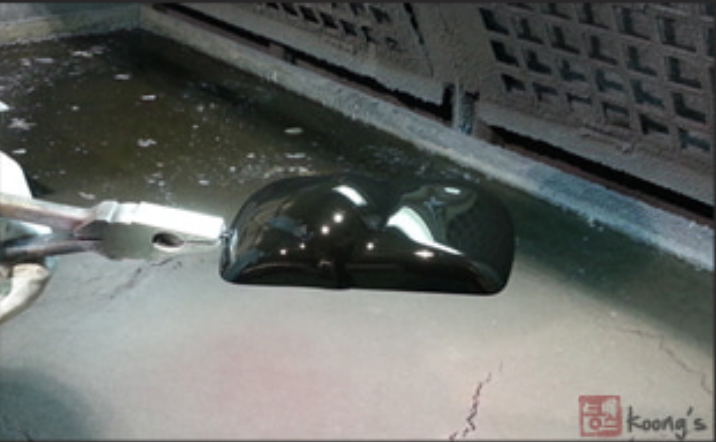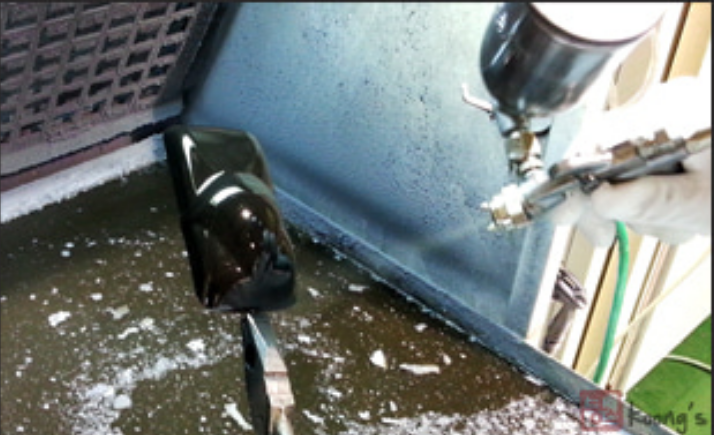In terms of Vis/NIR radiation, the useful choices are so-called broadband IR LED like SFH4736, SFH4776, and L1IG-0750100000000. Unfortunately, these things doesn't emit visible light except for violet band, which intends to make a phosper excited. So, I have to make the lighting in the combination of Vis LED and such a broadband LEDs. To accomplish proper illumination, many things have to be solved in aspects of blending ratio of Vis, and NIR, and how many LEDs are mounted on PCB for sufficient lighting. Therefore, the below have to be done;
- Analyze the comparision of spectral intensity among SFH4736, SFH4776, and L1IG-0750100000000.
- Determine blending ratio of Vis, and NIR LEDs for flatness of spectral intensity from Vis to NIR.
- Design the hardware that can equip with nRF52840, Vis/NIR LEDs (corresponding driver as well), switchable spectrometer (corresponding peripheral indeed), and power management unit including Li-ion or Li-po battery, charging part, and boost regulator.
- Develop the firmware that can process the BlueTooth communication with smart phone (iOS, and Android), interfacing the spectrometer, and interactive operation between LED-based illumination, and spectrometer.
- Develop the application for iOS, and Android that can be portal to pass, and signal process the spectrum into the remote server.
- Develop the remote server program, that can manage huge spectra with extra infomation (i.e. object, date, dependant like sugar content), and do machine learning, initially being PLS, and SVM-regression hopefully I want to goes into Deap Learning (CNN or RNN).
Definitely, all the staffs are very challenging to me in terms of funding, and workloads. I will do as much as possible!
1. Hardware
The hardware consists of Li-ion or Li-po battery, charging unit, boost regulator, C12880MA spectrometer including analog amplifier, and ADC unit, AS7260x spectrometer, and nRF82340 BlueTooth CPU.
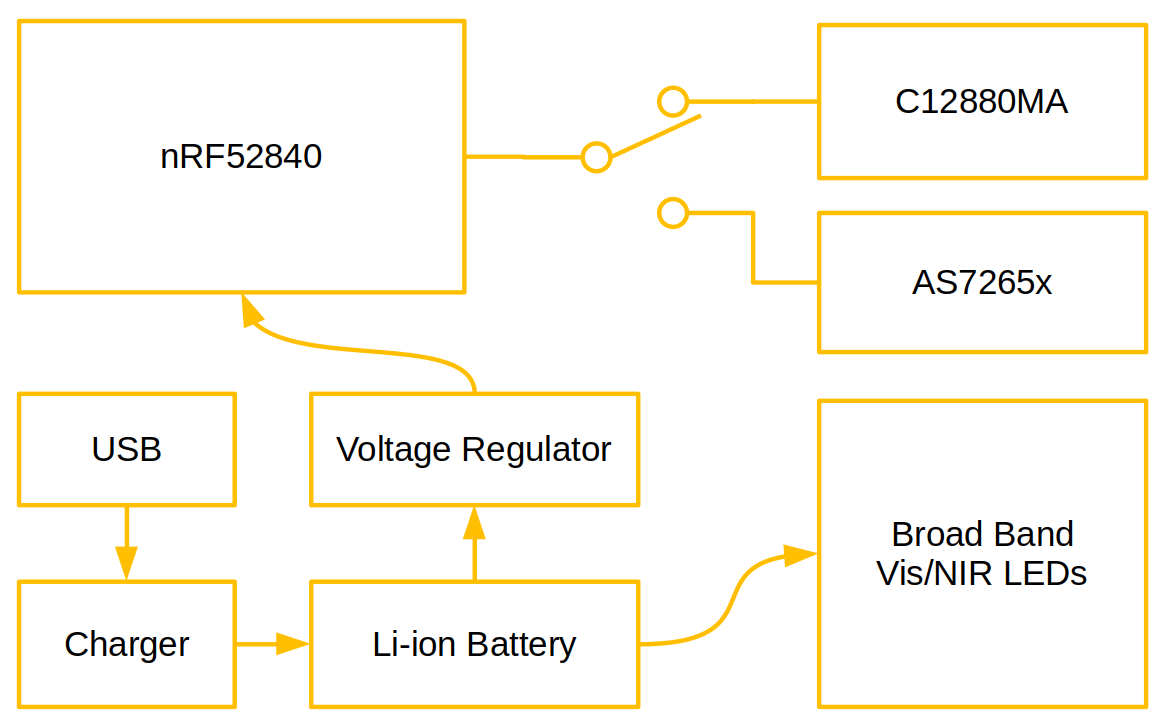
, and its sketch is described at the below.
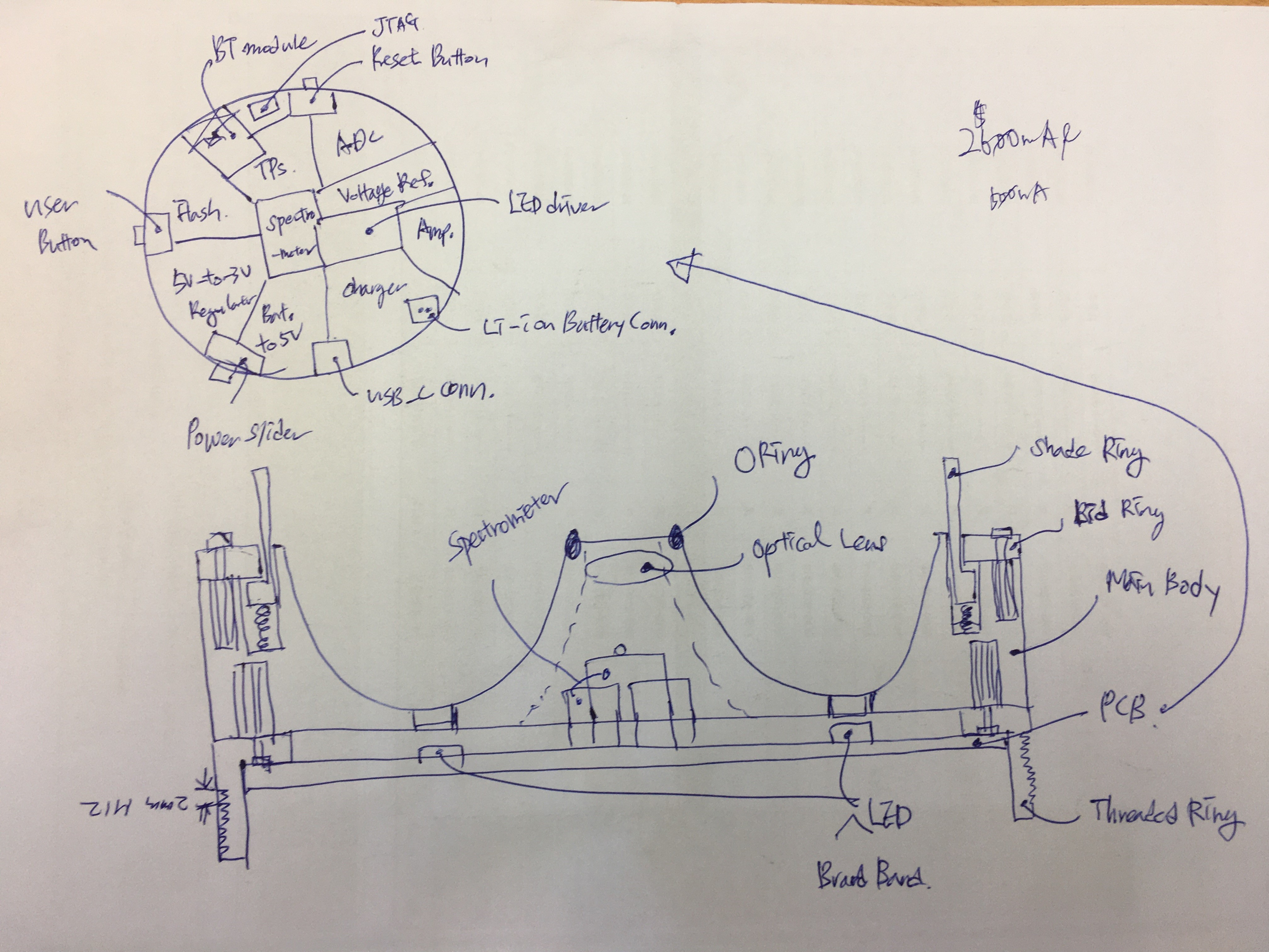
1.1. Mechanical Design
The shape of portable spectro is dome + cylinder sizing within one hand. The part inside of it should be painted with chrome or mirroring material, and others will be decided in conjunction with electrical design of artwork.

The design consists of three parts.
1.1.1. Mirroring paint.
http://www.koongs.co.kr/product/detail.html?product_no=216&cate_no=45&display_group=1
Step1. Spray the basement into surface, and dry out for 3 hours at 60 degree.
Ste
Step2. After all are dried out, spray chrome-like material.
Step3. Dry out for 30 mins at room temperature or 15 mins at 60 degree.
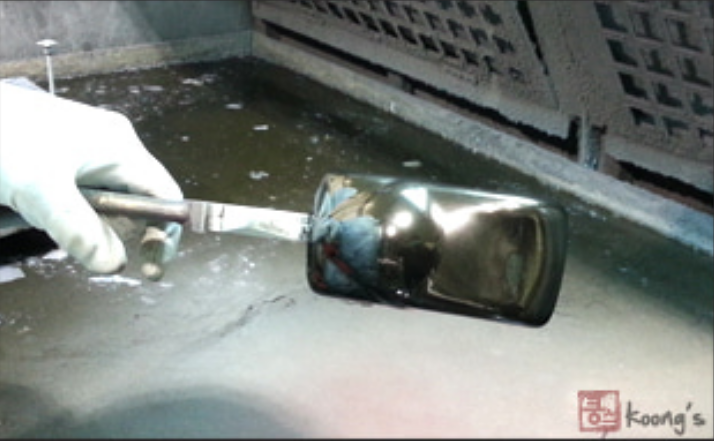
Step4. Polish the surface with soft cotton.
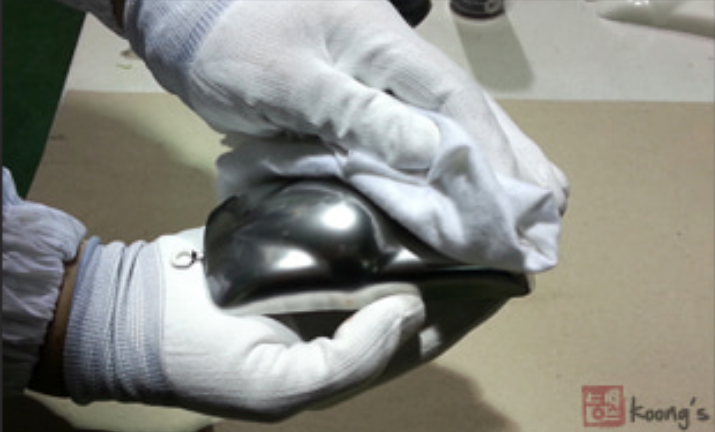
TODO: add some pictures.
1.2. Electrical Design
The schematic of ADS8860IDGS is referred from https://www.ti.com/lit/df/tidrau9a/tidrau9a.pdf
The schematic of C12880MA is referred from https://github.com/Alexey-Danilchenko/Spectron
The schematic of MCP73871 is referred from https://learn.adafruit.com/assets/24638
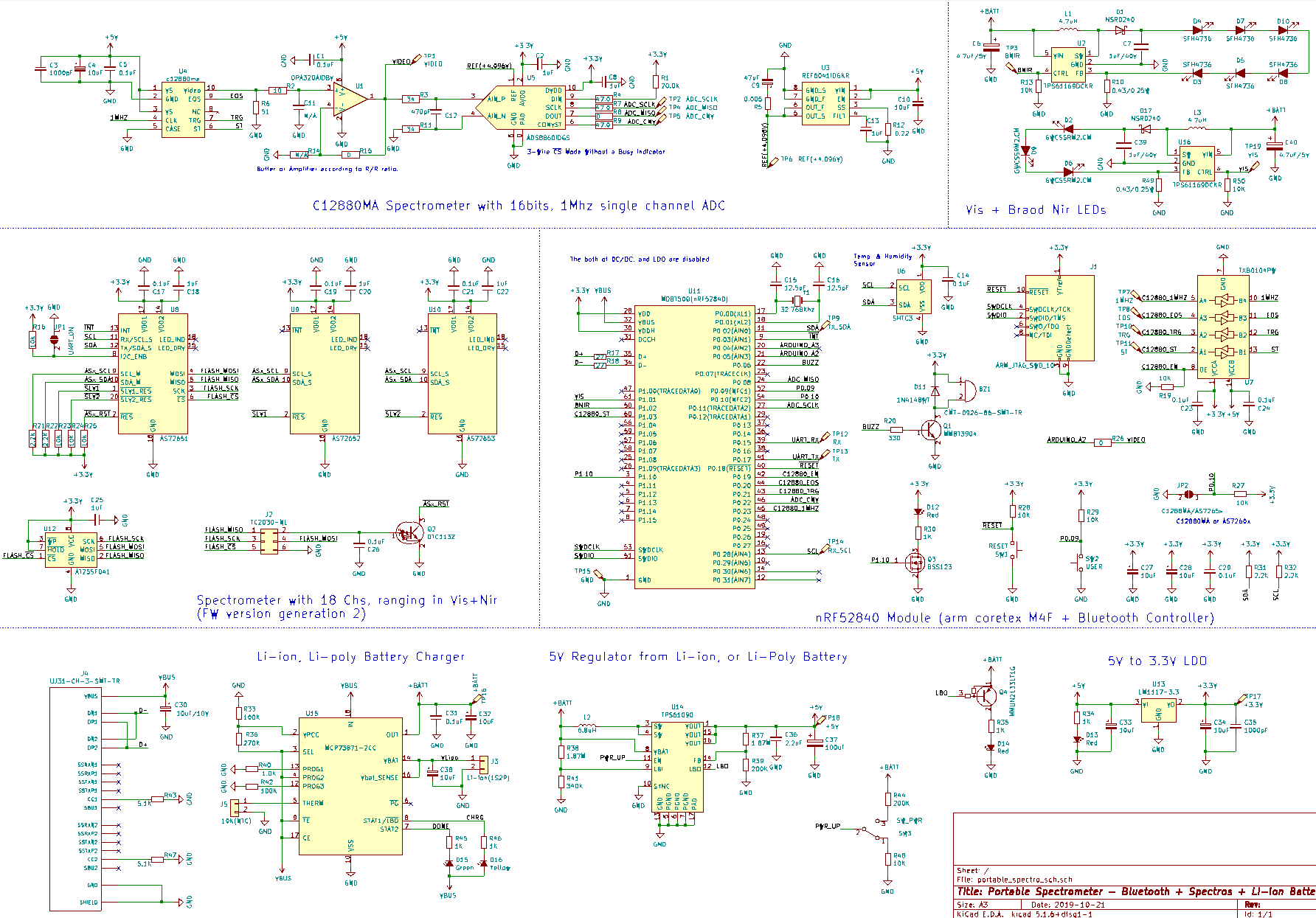
1.2.1. Artwork
I would like two layer with main parts on front side, and sensing parts on back side as possible.
In spite of extra modification added, I have finally connected all parts.

Its 3D rendering is like here.
On front side,
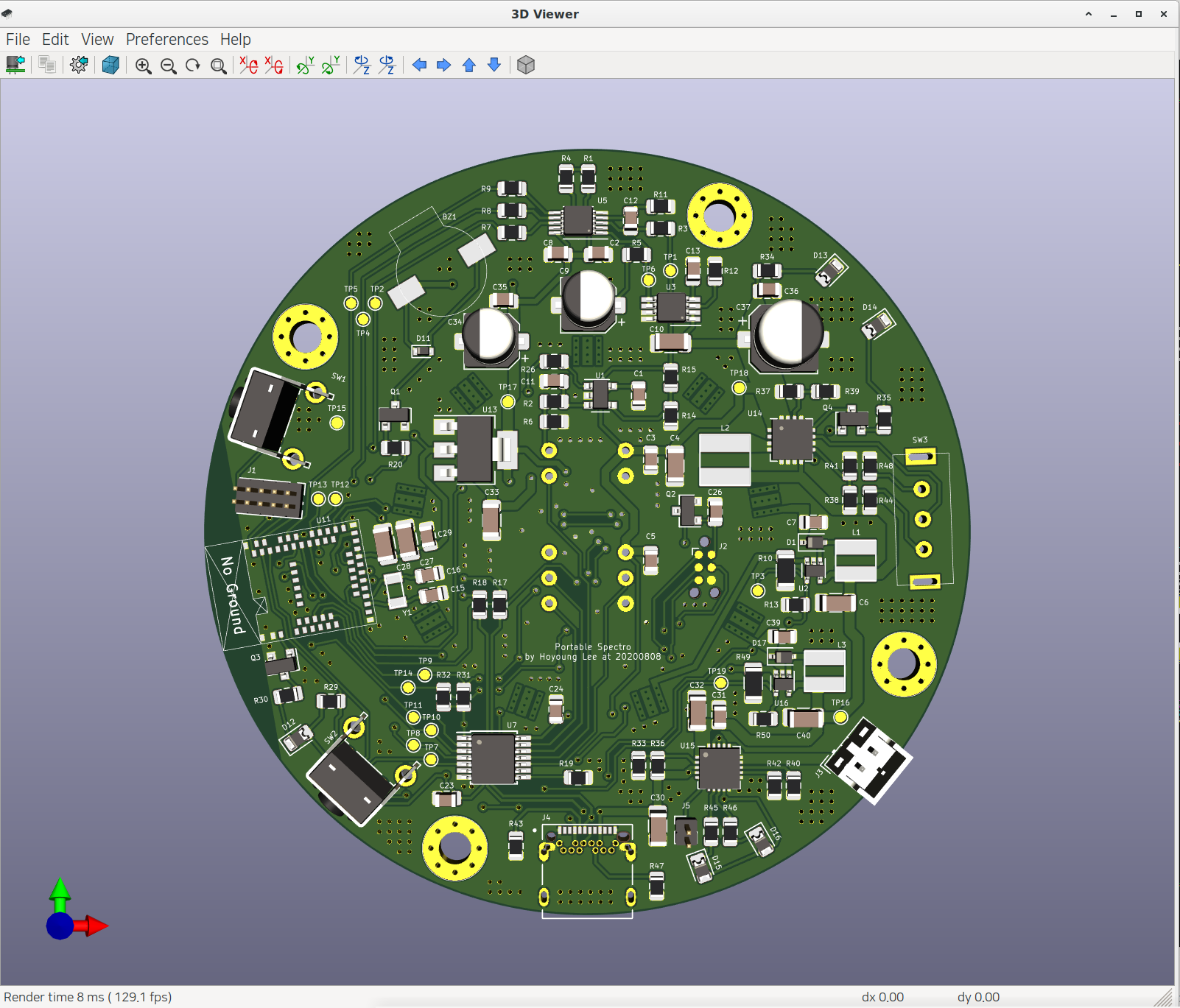
On back side,

1.2.3. BOM
Spectrometer: C12880MA, or AS7260x
CPU: nrf52840, mdbt501-v10
Candidators for Light source: SFH4736, or SFH4776, or L1IG-0750100000000
2. Spectral intensity comparison
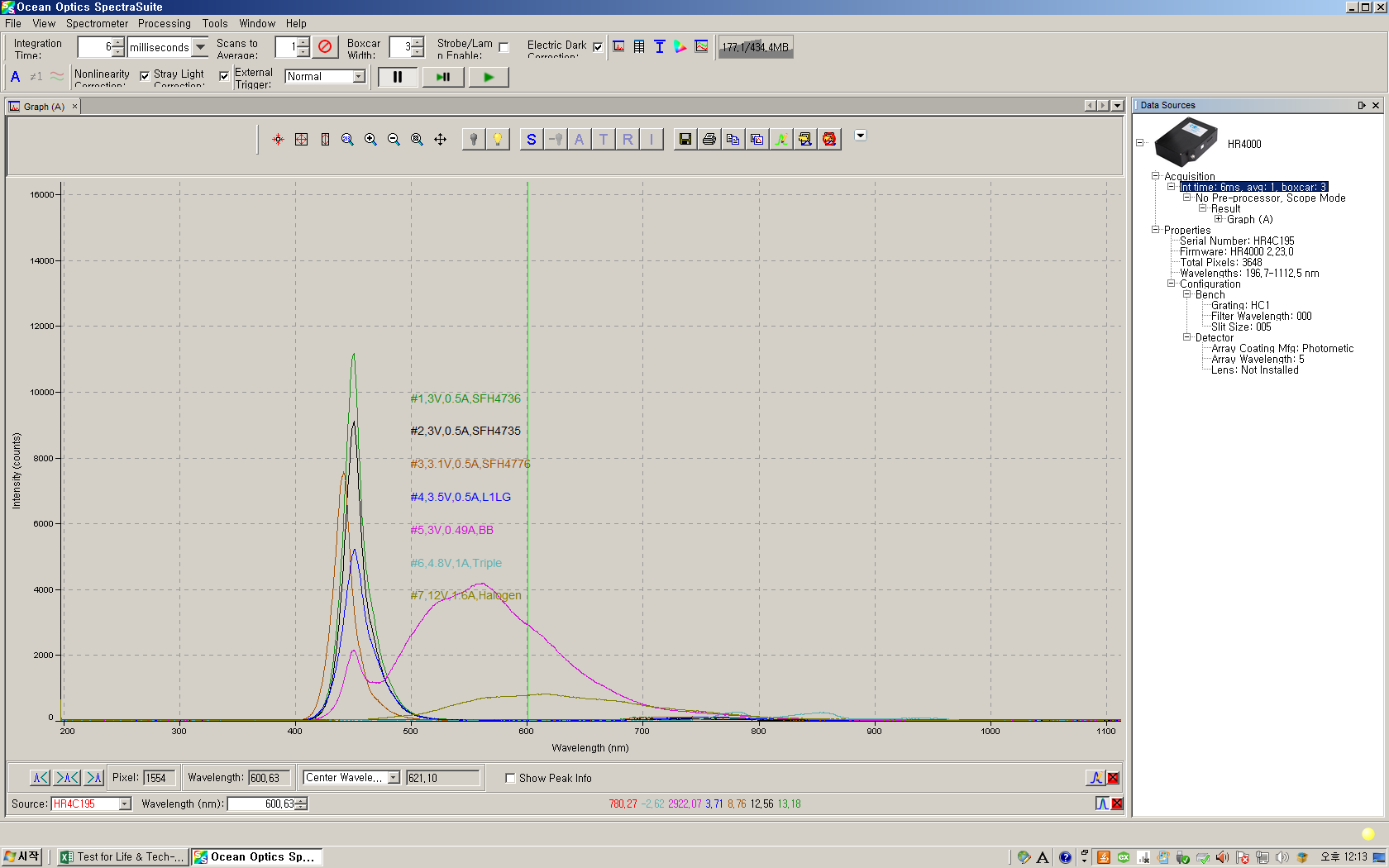
You can feature out the difference of intensity among SFH4736, SFH4776, and L1IG-xxxxxx. The others including Halogen lamp intends to be referenced only their shape, not intensity.
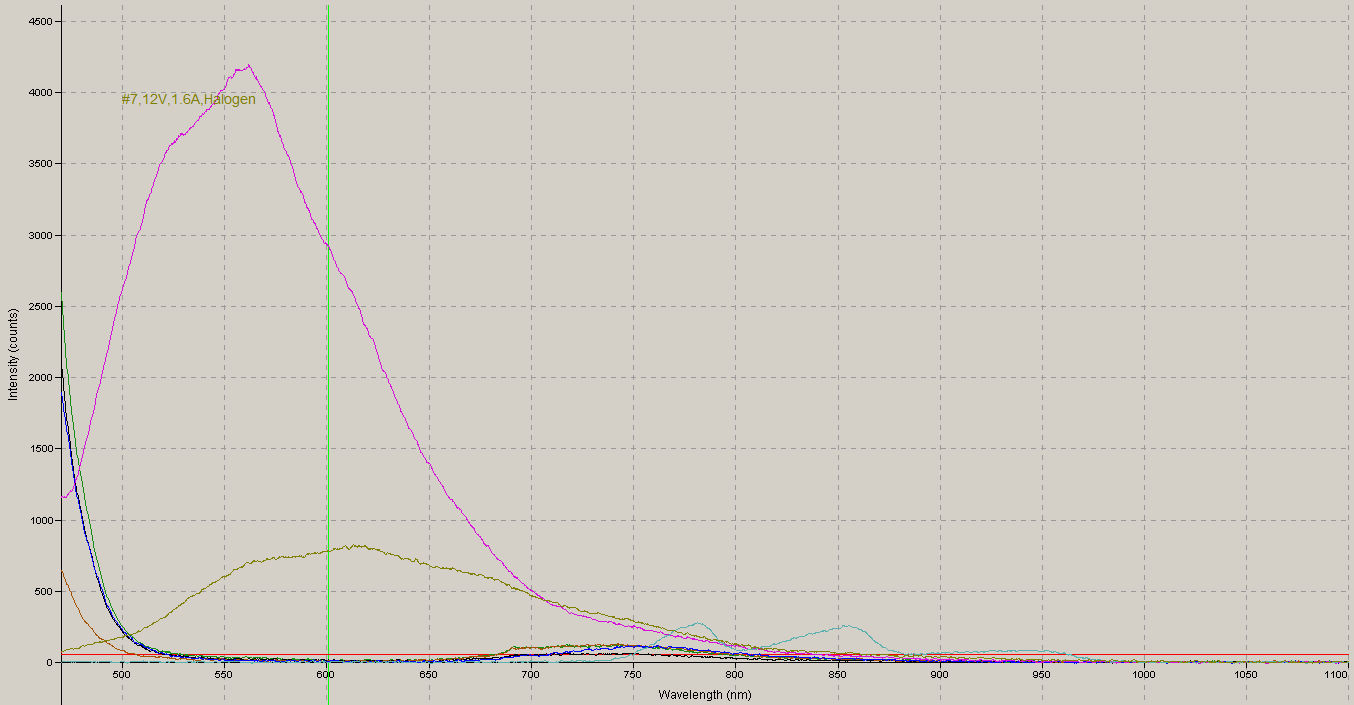
In zoom-in, there is no quiet different intensity.
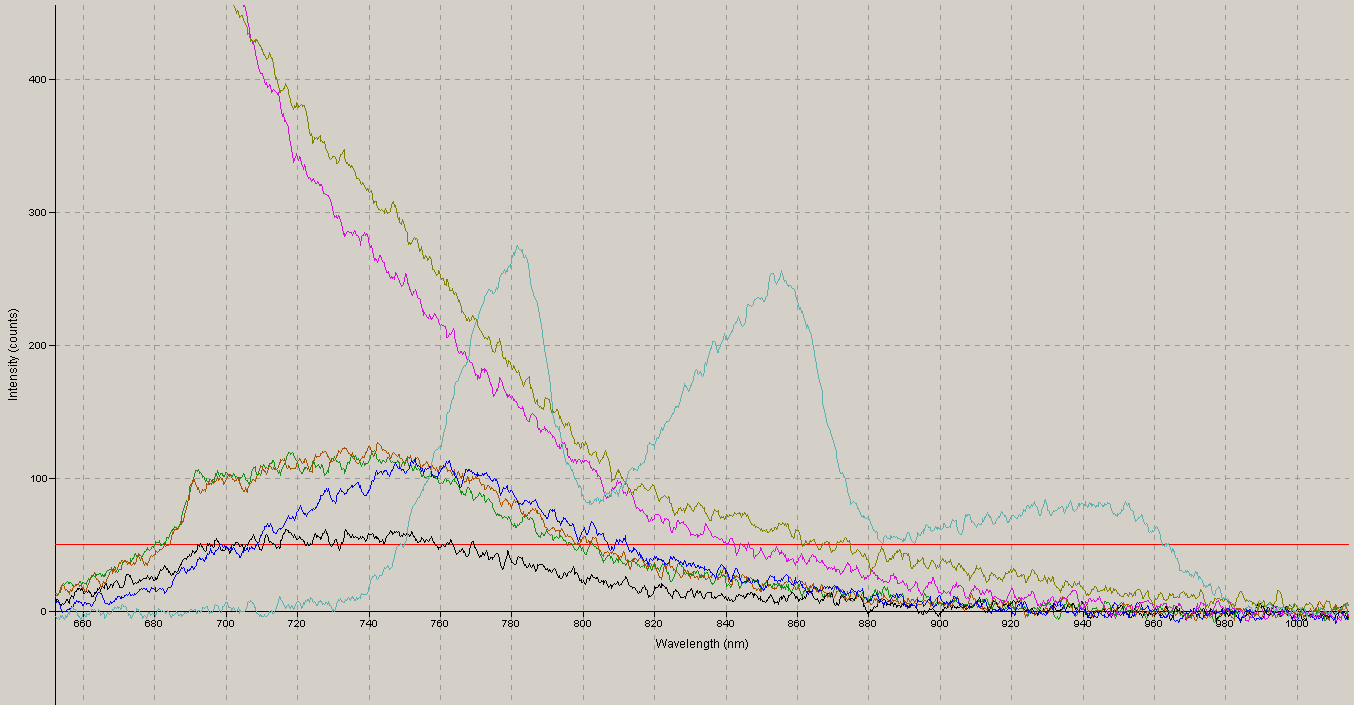
Edit
However, in scale-down, SFH3746, and SFH4776 show significantly strong intensity in the range of 500, and 1100nm. In some cases, L1IG-xxx seems to be also good option.
# Firmware Design
TODO: add Flow chart
TODO: add block diagram
# Integration time calculation
# App Design
# Server Design
# References
https://github.com/Alexey-Danilchenko/Spectron
 Hoyoung Lee
Hoyoung Lee